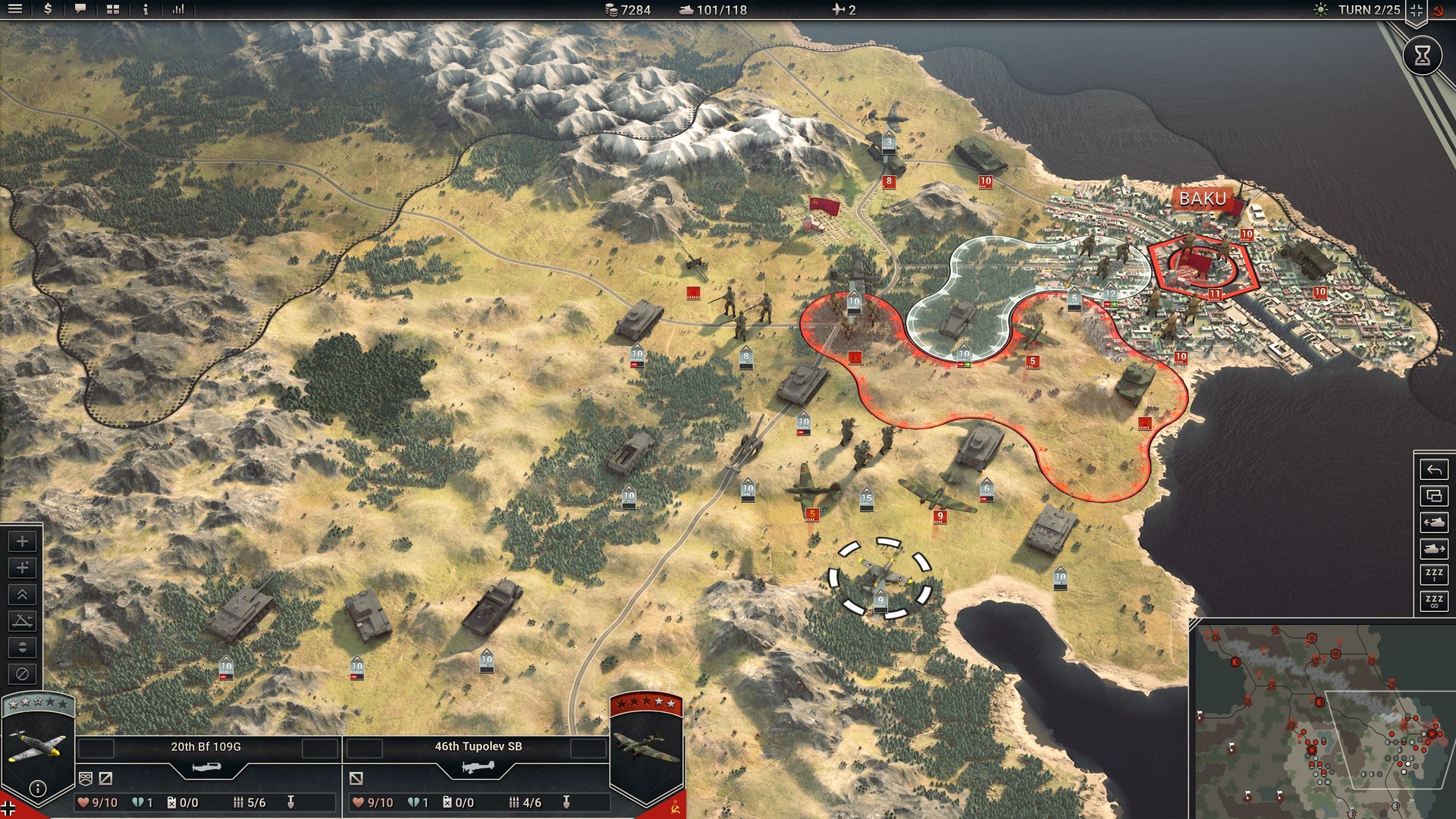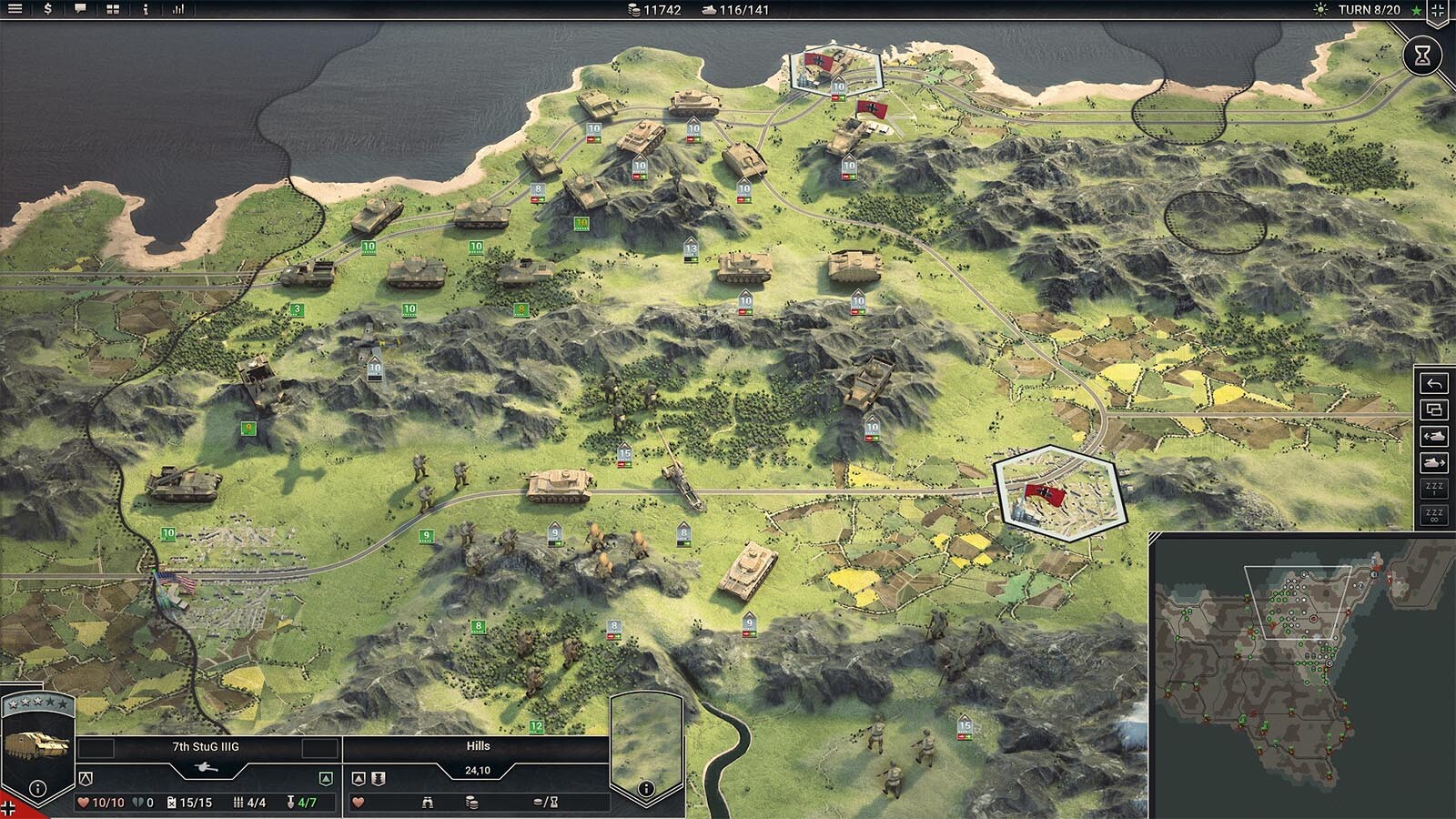

They relied on shock troops ( Stosstruppen), highly trained independent squads with their own heavy weapons, who sought the weak spots that even the densest trench system possessed in abundance. The Germans moved in a different direction, pursuing not a new piece of hardware, but new doctrine and tactics. They were cumbersome, too slow (with a top speed of 4-5 miles per hour), and prone to breakdown. Tanks were able to crush barbed wire and cross trench lines, and late in 1917, at the battle of Cambrai, they showed their potential when used en masse, tearing a great hole in the German lines and sending 1000s of front-line German infantry reeling back in panic. The British, and then the French, experimented with a new armored tractor on caterpillar treads (code-named "tank") that carried its own artillery and machine guns.

It was a conundrum, but military officers are nothing if not problem solvers. Even if a handful of the attackers managed to reach the defender's position, they were too few and too disorganized to do much more than plopping down, exhausted. Even the heaviest artillery bombardment could not suppress the defenses fully, and attacking infantry met the concentrated fire of enemy machine guns. The British on the Somme, the Germans at Verdun, the British again at Passchendaele in 1917: the experience was depressingly similar. Both sides had to learn the same hard lessons. With infantry fighting from deeply echeloned trench systems, supported by machine guns and backstopped by a wall of artillery, the defense had all the advantages, and attacking across "no man's land"- the dead, blasted heath between the trenches-was nearly hopeless. The fighting during the middle three years of the conflict (1915-17) was especially sterile.

What they got instead was a horrific bloodletting and stalemate. Armies on all sides had marched off to war in 1914 expecting a quick and decisive victory. Like so many key historical developments of the 20th century, the birth of the Panzer division traces back to World War I. The new riders shocked the world, and they reshaped the face of battle. They proved that armies could still win decisive victories à la Napoleon, a prospect that seemed out of reach to most military experts of the day. They restored mobility and maneuver to the modern battlefield, and in so doing they proved that war could consist of more than launching bloody frontal assaults by massed infantry. In the opening battles of World War II, German Panzer divisions ran over, through and around every enemy defensive position in their way. Add in the third dimension, with the attack now coming from the sky as well as the ground, and the complexity of battle - the infamous "fog of war"-had multiplied tenfold overnight. The new battle tempo was brutally quick, and thus even more unforgiving of errors. Commanders who could tick off the precise number of marches from Arras to Amiens or Berlin to Bamberg from memory suddenly had to relearn the entire playbook, with a completely new set of maneuvers and formations. Their men walked to work, and so, by and large, did they.Īnd now, suddenly, it all changed. Few officers would have considered these distances to be a limitation-it was just the way things were on campaign. Even well-trained infantry could usually make no more than 15-20 miles per day, with frequent days off in between the heavier marches. Horse cavalry played a role in military operations, carrying out reconnaissance and seizing favorable terrain, but they did not set the tempo.

For all of human history, armies had based their doctrines and training regimens on the pace of the foot soldier. Sustained mobility was the game-changer of 20th-century warfare. Such a formation could travel 50 miles or more per day, and then repeat the process day after day, out to the limit of its logistical network. A mechanized formation formed around a hard core of swiftly moving tanks, surrounded by vehicles of all sorts to perform the reconnaissance, carry the infantry and drag the guns, the Panzer division brought the concept of sustained mobility to modern warfare. The new gang had a name: the Panzer division. They swept all before them, raiding and pillaging, humiliating the local authorities, and shooting down anyone who got in their way. A new gang did indeed ride into town-grim riders eager for vengeance. World War II was no movie, but the first two years of the war followed the above script precisely. Cowards flee, mothers hurriedly grab their children, and the sheriff desperately tries to round up a few good men. They're armed, they're mounted, and they're mean. Hollywood westerns often feature a stock scene where the new gang rides into town.


 0 kommentar(er)
0 kommentar(er)
